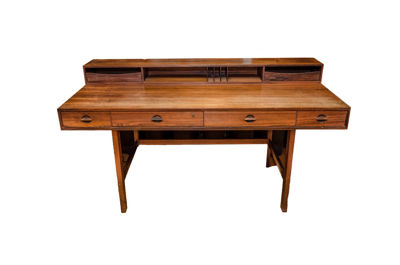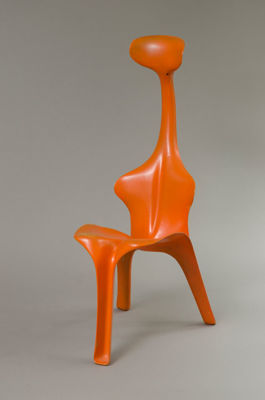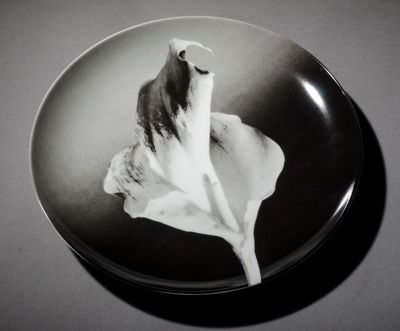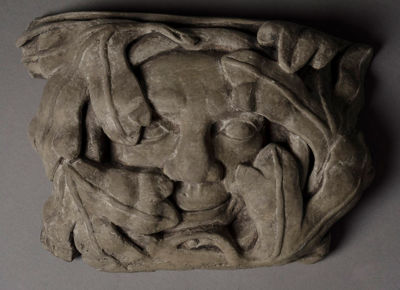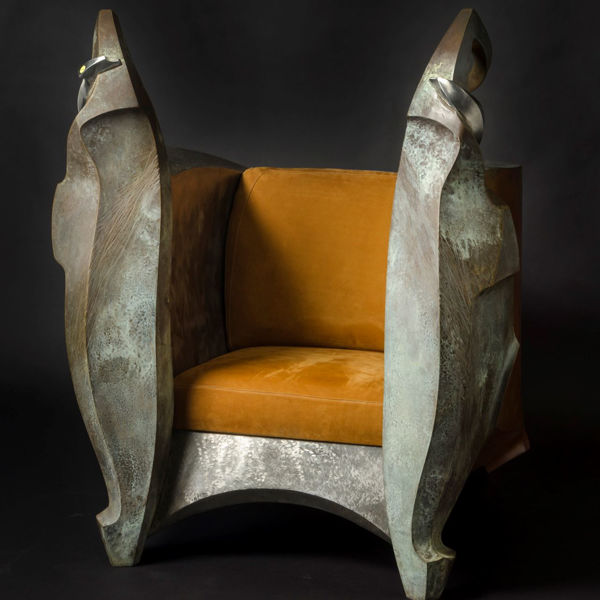Decorative and Design
Title: Figural 800 Silver Double Salt Cellar
Detailed salt cellar designed and created by the Fratelli Coppini silversmiths of Florence in 1911.Designed as tapered column surmounted by two mermen, above fish-shaped bowls and sea life festoon. The salt cellar is a replica of the fountain designed by Pietro Tacca in Piazza Santissima Annunziata in Florence (ca. 1630)
Title: Floor Lamp
Sculpted fruitwood floor lamp and table lamp, the table lamp with Brass tag to table lamp engraved: "Lampara Cajones" Salvador Dali 1937 b.d. ediciones de diseno 046.
Title: Floral Enameled Black Basalt Vase Large
A black basalt vase competed in the 19th century and in the Portland vase silhouette with floral decoration often used by Wedgwood towards the latter part of his career. Josiah Wedgwood introduced into production a black stoneware body in 1768. The first trials for Wedgwood's new black body had begun by July 1766, even before the move to Etruria. By September 1767 his experiments were at an advanced stage, ready for production, and less than twelve months later black basalt wares were on the market. He called it ‘Black Basaltes'; we know it as black basalt. Made from reddish-brown clay which burned black in firing, this ceramic body was superior in its appearance to the local 'Egyptian Black' wares produced in the area prior to that date. It was originally designed as a smooth surface for holding decorative application with inspiration from classical “Etruscan” (Greek or Italian) vessels set across a number of private English collections, but the popularity of the style has meant a wide application of ornamental designs over the companies history.
Title: Flowers and Festooned Beads Vase
Flowers and Festooned Beads Vase, 16 inches high, 1909. Paul Dachsel Mark, impressed 1305/ 15, Mint. Illustrated in Monsters and Maidens Collectors Edition,Byron Vreeland, page 404. Similar examples are illustrated in the House of Amphora, Richard Scott, pages 246 + 247. Size 16" T.





